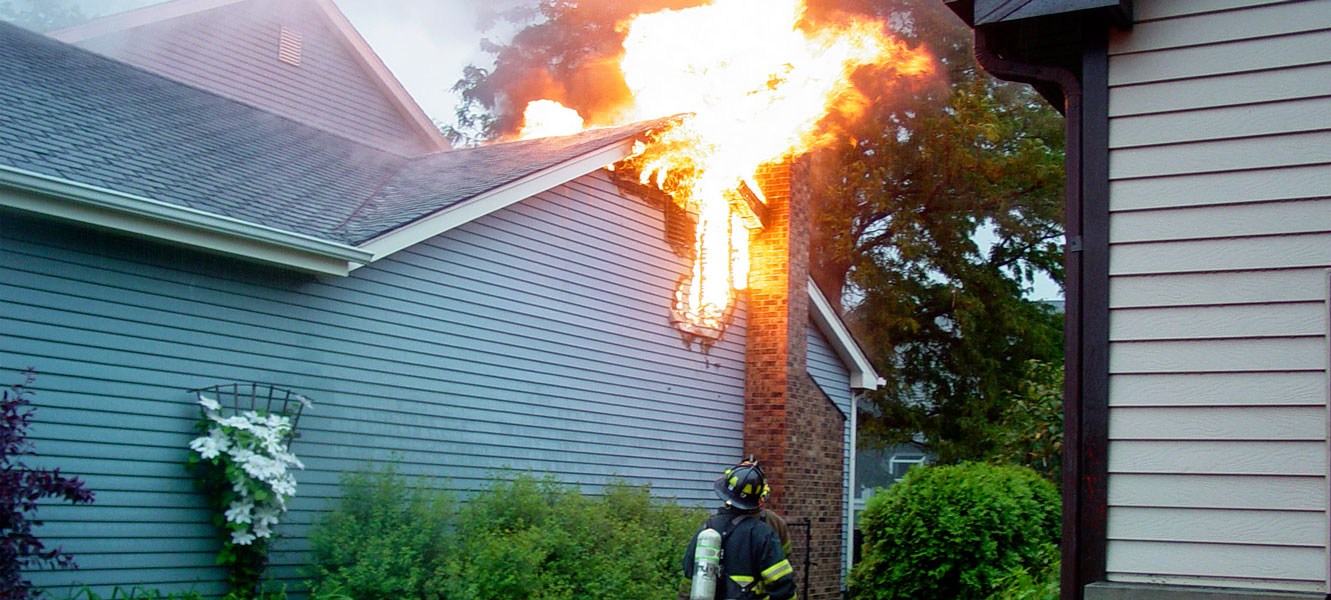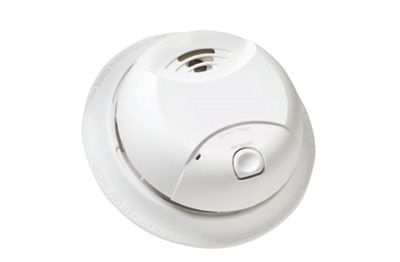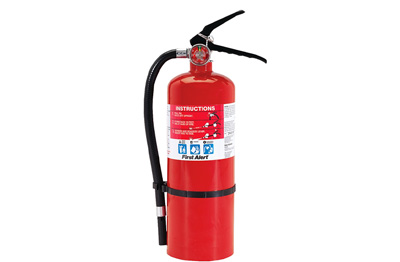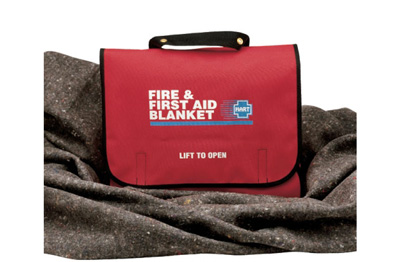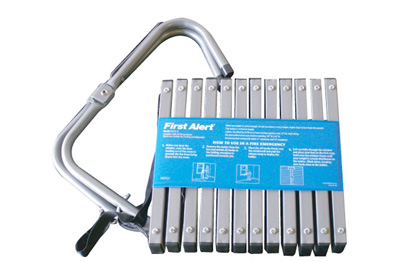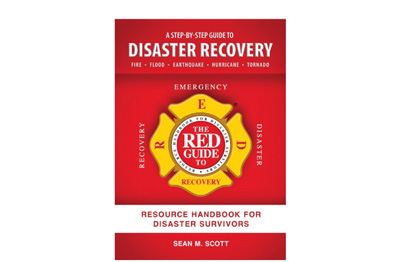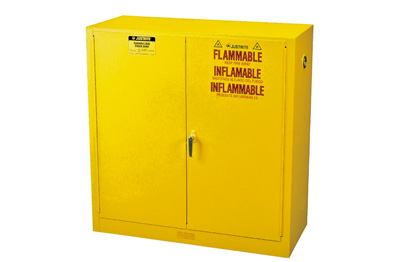House Fire Safety, Prevention & Preparation
Tuesday, October 19, 2021
Although house fires have generally seen a decrease over the last decade, deaths from such fires have not slowed significantly during this period. Each year, thousands of people still perish in house fires across the nation, and negligent cooking practices remains the number one spot on the list of culprits.
Year after year, poor cooking practices and misinformation about kitchen fires is the leading cause of house fires in the United States. This year alone, news media outlets have covered 1,871 home fire fatalities between January and October. Last year, official reports from the National Fire Protection Agency disclosed 1,319,500 fires in the U.S., with 3,400 civilian deaths and 14,670 civilian injuries.
The 5 Most Common Causes of Fire Injury & Death in the United States
- Cooking
- Candles
- Heating
- Smoking
- Electrical
A fire can consume your home quickly and mercilessly. As a fire burns, it quickly turns from a bright inferno to a dark and consuming cloud of black smoke filled with toxic gasses. Fires that are burning out of control are disorienting and can quickly lead to asphyxiation.
Preparing for any disaster begins with prevention. Let's discuss how to prevent the five most common causes of a home fire now.
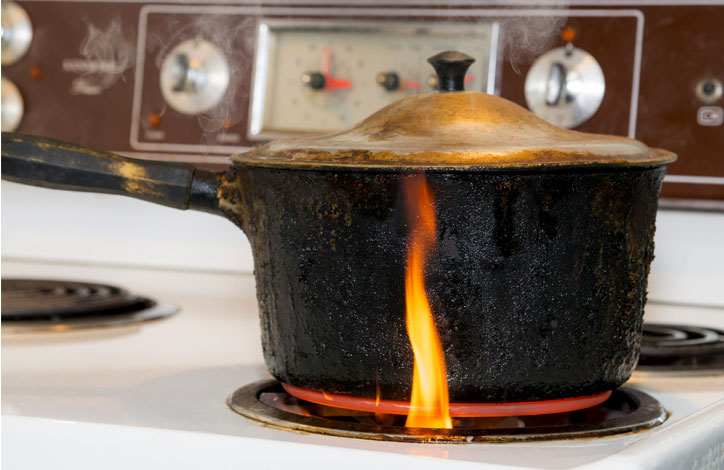
Cooking Safety
- Don't cook late when you're tired or have been drinking.
- Set multiple timers: one in the home and one on your phone.
- Don't leave the cooking area at all when you're frying, grilling, or broiling.
- Don't assume that simmering dishes can be left unattended.
- Keep items such as dish towels and oven mitts away from the stove top at all times.
In the Event of a Kitchen Fire:
- Turn the heat off.
- If a fire starts in your oven, turn the oven off and keep the door closed!
Fire Safety Tips for the Kitchen
DO NOT blow on a flame. Your initial instinct will probably be to blow on a fire. But as long as the fire has a source of fuel, particularly if there is grease present, you won't be able to extinguish even a small flame with your breath. Blowing on flames can cause hot liquids to spatter back toward you, causing serious second- and third-degree burns.
DO NOT pour water on a kitchen fire. Water can extinguish some types of flames, but if your fire originated in the kitchen, it's likely that it involves some type of oil or grease. Since oil and water don't mix, when you pour water on a grease fire, the grease stays on top while the water sinks to the bottom. Because the water will quickly evaporate, this process causes a kind of explosion, leading to flaming oil being spread everywhere.
DO use an ABC dry chemical fire extinguisher.
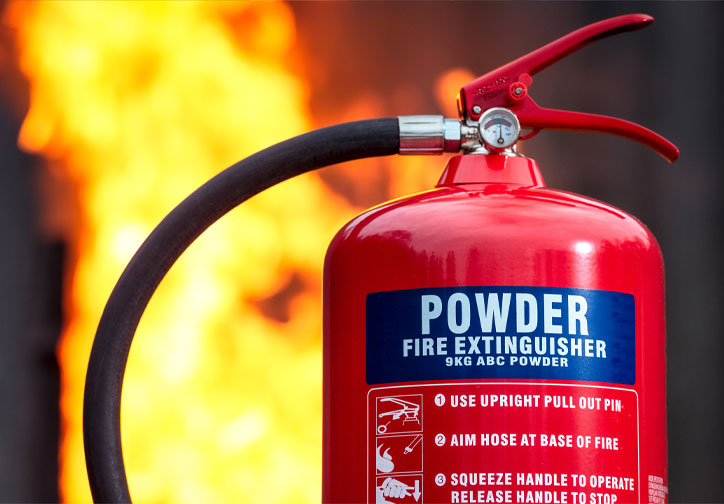 DO remove oxygen from the flame. Your home should always be equipped with a working fire extinguisher, but in case you find yourself in a situation without one, it's important to try and get your flame under control as quickly as possible using other resources. Dump salt on a flame to smother it. If you don’t have salt, cover the pan or pot with a lid to remove oxygen.
If the fire is spreading and you feel like you're not in control of the flame, leave your home immediately and call 9-1-1. Alert other nearby residents, particularly in apartment buildings, that a fire is burning.
DO remove oxygen from the flame. Your home should always be equipped with a working fire extinguisher, but in case you find yourself in a situation without one, it's important to try and get your flame under control as quickly as possible using other resources. Dump salt on a flame to smother it. If you don’t have salt, cover the pan or pot with a lid to remove oxygen.
If the fire is spreading and you feel like you're not in control of the flame, leave your home immediately and call 9-1-1. Alert other nearby residents, particularly in apartment buildings, that a fire is burning.
House Fire Classification
House fires can be classified in one of three ways: Class A, B, or C. Class A fires are the only class of fires that can be extinguished with water. Class A fires are fueled by ordinary solid materials including trash and paper, wood, and textiles.
Class B fires involve flammable liquids such as grease or gasoline. Water will spread these types of fires by scattering them, and you'll require a fire extinguisher that inhibits chemical chain reactions.
Class C fires are fueled by electricity from burning wires or energized electrical equipment, so it's important to use an extinguishing agent that isn't conductive.
Keep an ABC Fire Extinguisher in Your Kitchen & Other Locations
An extinguisher that contains monoammonium phosphate and ammonium sulfate can be used on all three fire classes. It contains a chemical powder that breaks up the chain reaction of liquid and gas fires, and can also be used on electrical fires because it’s non-conductive.
Keeping an ABC extinguisher in every major room of your home as well as in your car will prepare you properly for an emergency.
Candle Safety
- Use candle holders or candle containers
- Never leave candles unattended even for a moment
- Keep candles clear of other items such as drapes, clothing, or decor
- Trim the wick to about 1/8th inch to ensure the candle doesn't smoke or burn too high
Heating Safety
- Don't use a space heater while you sleep
- Keep space heaters at least three feet away from materials that may burn
- Never use accelerants to start a fireplace
- Get your chimney cleaned regularly to avoid creosote buildup
- Only burn dry wood, never cardboard, wrapping paper, or scraps of fabric
- Don't store flammable materials near the furnace
- Get a professional to inspect HVAC ducts regularly
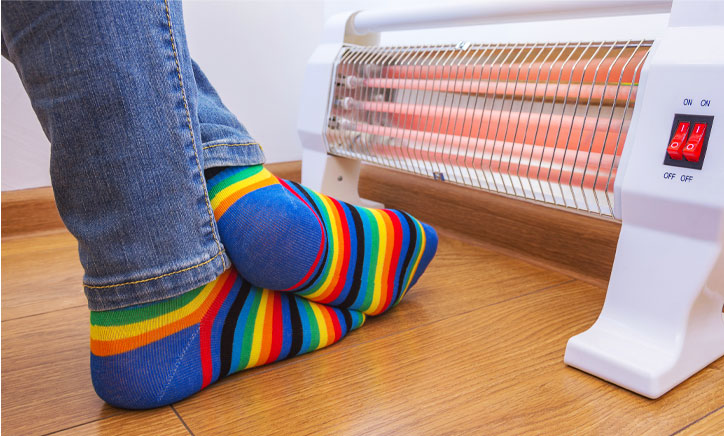
Smoking Safety
- Don't smoke around medical oxygen
- Don't smoke inside, and never smoke in bed or under the influence
- Dispose of cigarettes in proper receptacles and fill ashtrays with sand. Smoldering cigarettes are a fire hazard.
Electrical Safety
- Clean the dryer vent once a year
- Reduce extension cord use
- Replace outdated switches and plugs
- Hire a professional for wiring jobs
- Don't use appliances with frayed chords
- Check the proper wattage for light bulbs and appliances
- Avoid running cords where they are susceptible to wear and tear
Doing your best to prevent a fire is a key element of fire safety, but it's just as important to be prepared. In the event of a fire, proper preparation will allow you to save valuable seconds where they count, giving you the best chances of escaping a life-threatening situation.
Smoke Detectors
- Never remove batteries or disable your smoke alarm while cooking
- Test your smoke detector regularly, at least once every three months
- Replace batteries when empty to stay alert during power outages
- Get smoke and fire alarm systems that can detect both flaming fires and smoldering fires
- Get monitored smoke alarm systems through a home security company
- Install smoke alarms in rooms where they may be missing
Other Recommended Fire Safety Gear
- Review the Fire Safety Guide twice a year
- A foldable emergency escape ladder will make escape from a second- or third-story window possible
- Sprinklers reduce the risk of fire death by about 80 percent and significantly lower insurance premiums
- A fire safety cabinet will keep your valuables safe, so you can focus on getting yourself and your family to safety first
Your Fire Escape Plan
Seconds count in the event of an emergency. It's crucial that you not only practice preventative measures but also plan for all possible scenarios. Make sure you develop a fire escape plan.
- Important items
- Your route
- Child safety
- Pet safety
Important Items
- In the event of a sudden home fire, there's no time to waste. Home fires occur without warning, and you'll need to be prepared to leave all material possessions behind.
- We recommend you store any irreplaceable valuables, including important identifying documents such as your birth certificate and passport in a fireproof safe.
- Remember that most things can be replaced! Don't let the fear of losing a photograph or an important document cost you your life.
Your Route
- As you're planning your fire escape plan, start to consider how you will approach this scenario if your main points of access are blocked. Find and make note of two ways to get out of each room (the door and the window).
- Ensure you can open the windows of your home and that you're able to remove or cut through any window screens
- Practice leaving your home on hands and knees, as you would in a fire
- Practice your escape with your eyes closed to simulated skewed visibility from smoke
- If your windows are located on the second or third floor, equip your home with collapsible escape ladders to avoid becoming trapped
- Don't use elevators
- If the doorknob or door are too hot, find another exit
- If your clothes catch fire, STOP DROP AND ROLL
- Smother flames on someone else with a blanket or towel
- To avoid smoke and gas inhalation, crawl low under the smoke to your exit with your mouth covered
- If you're unable to escape, cover vents and door cracks with towels or tape to keep smoke out
Child Safety
- Involve your children in your planning
- Be real with your children and teach them proper techniques for evacuating
- Teach children how to dial 9-1-1 and where they should go in the event of an emergency
- Help assign positive roles to firefighters through books or movies
- Teach children that fire is not a toy, and keep matches and lighters out of reach
- Practice, Practice, Practice!
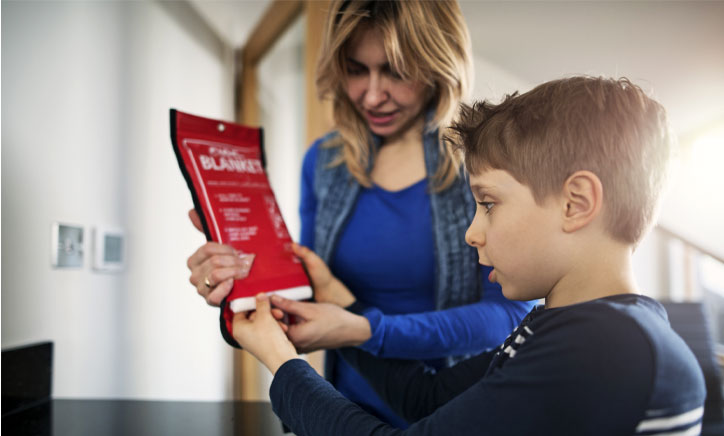
Pet Safety
- Install sprinklers or monitored smoke detectors to give your pet the advantage when they're home alone
- Test your smoke alarm with your pet in the home while providing plenty of rewards
- Always reward your pet for coming to you
- Ensure your pet is properly tagged or microchipped in the event they escape
- Practice your escape plan together with your pet
- Learn your pet's most preferred hiding places to make escape quicker
- Affix a pet alert sticker to windows and doors to let firefighters know there's a pet inside
- Don't light candles in homes with mischievous pets
Fire prevention and home fire safety awareness is a valuable tool. Pass it on.
